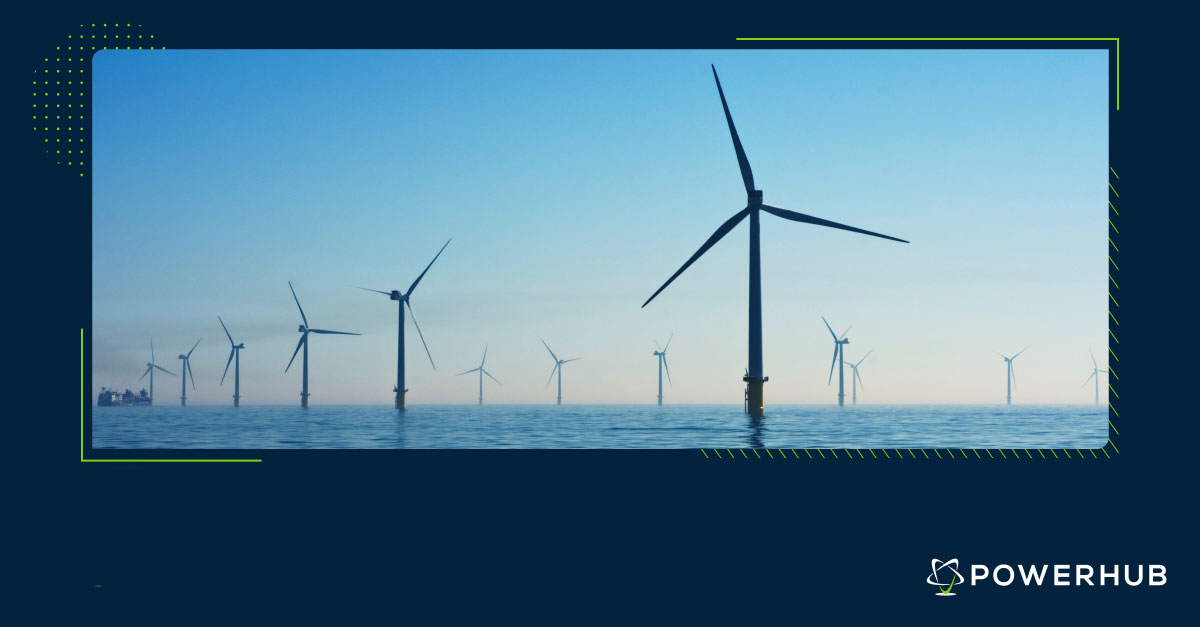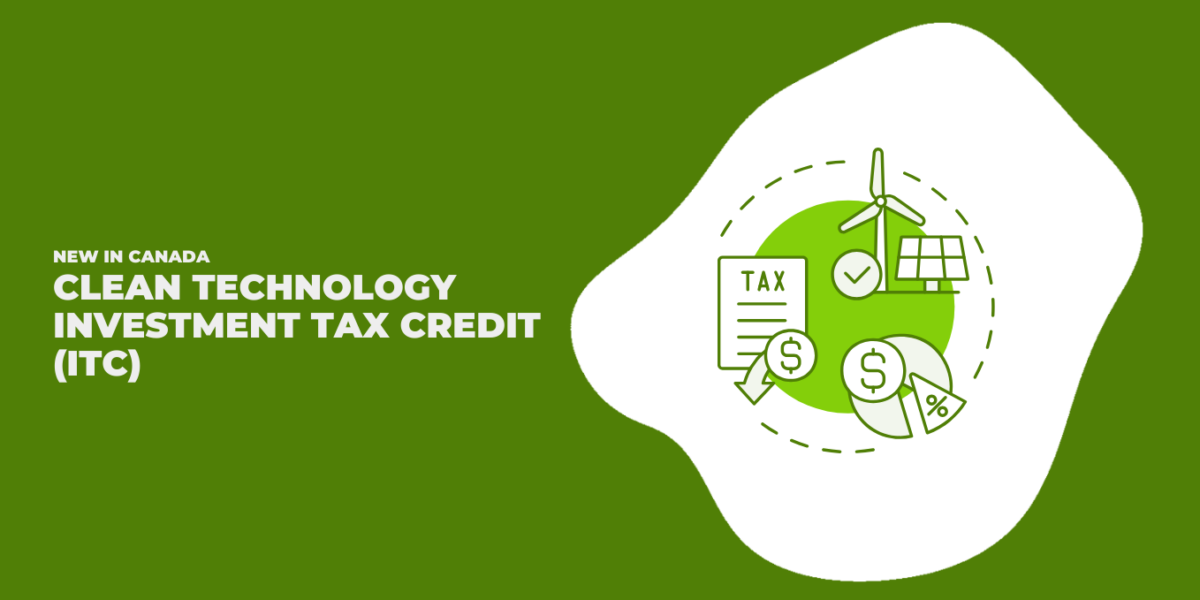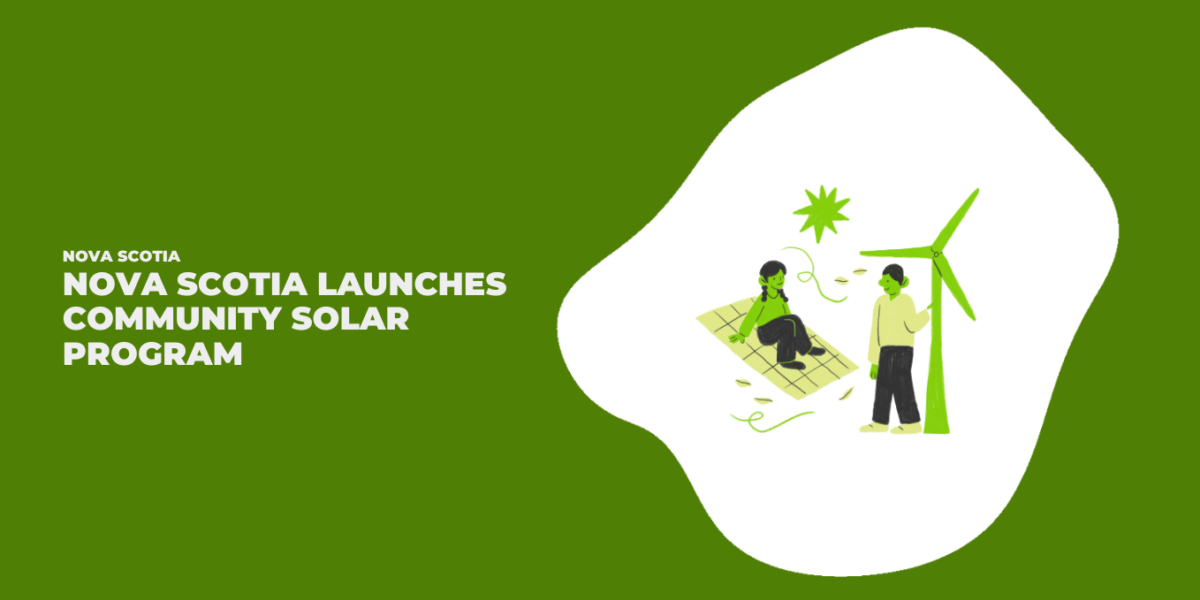Siemens Gamesa Renewable Energy (SGRE) recently announced developing the world’s first commercially recyclable wind turbine blade.
The Kaskasi offshore wind farm in Germany’s North Sea was selected as the first deployment location. Siemens will work with RWE, a German utility company, to begin production in 2022.
This innovation is brilliant! And it clearly has the potential to revolutionize contemporary wind technology, which has increasingly come under fire for the lack of sustainable end-of-life practices.
Turbine blades are massive and extremely durable — like true goliaths. They can be longer than a Boeing 747 wing and are constructed to withstand hurricane-force winds. It’s pretty incredible when you think about it. However, this means that the blades are difficult to repurpose, recycle, or dispose of.
While about 85% of a wind turbine’s parts — including its internal copper wires, steel, and electronics — can be recycled, the fibreglass turbine blades have been difficult to make sustainable. That is, until Siemens’ latest breakthrough!
The company’s 81m turbine blades are designed to separate into their component materials more smoothly once they’ve run their course. The components are bound using a resin that can be dissolved with a mild acid solution, resulting in a cleaner and more profitable recycling process.
According to Siemens Gamesa’s website, the mild [acid] dissolvent only impacts the resin, protecting the properties of the turbine blade materials. The spare parts can then be reused in new applications after separation.
This process contrasts that of traditional manufacturing processes that join turbine materials in difficult-to-reverse ways. Instead of recycling, these manufacturers tend to rely on the low
price of raw materials to stay profitable — the hidden cost of which is a more significant environmental toll.
Siemens Gamesa may have been the first to build a fully recyclable wind turbine blade — but they’re certainly not alone in their interest in recycling and repurposing. We can’t really blame them, though. After all, recycling is a pretty exciting sector — nothing screams action quite like the blue bin does, after all!
In December 2020, Veolia North America and GE Renewable Energy signed a “multi-year agreement” that would see old turbine blades shredded in Missouri before being “used as a replacement for coal, sand, and clay at cement manufacturing facilities across the U.S.”
Vestas, the world’s largest supplier of wind energy, recently announced plans for ‘zero-waste turbines by 2040— and that it would achieve this goal by introducing a “circular economy design approach”— something long advocated by environmentalists.
In June of this year, the world’s largest offshore wind farm developer — Denmark’s Orsted — committed to reusing, recycling, and recovering “all [owned] turbine blades” once they’re decommissioned.” In addition, Orsted will temporarily store decommissioned blades if the company takes too long to develop or find a cost-effective recycling solution.
The wind energy industry is clearly committed to tackling sustainability issues, with Siemens Gamesa Renewable Energy the clear innovative front runner, at least for now.
Material recycling improvements are excellent news for the wind industry — which will become more profitable — consumers, who will benefit from cheaper electricity rates — and the planet, from which fewer natural resources will need to be extracted.
It’s news like this that invokes memories of a popular — but nonetheless valid — childhood slogan. Reduce, reuse, and recycle!
Siemens Gamesa clearly knows what it means to be green.




